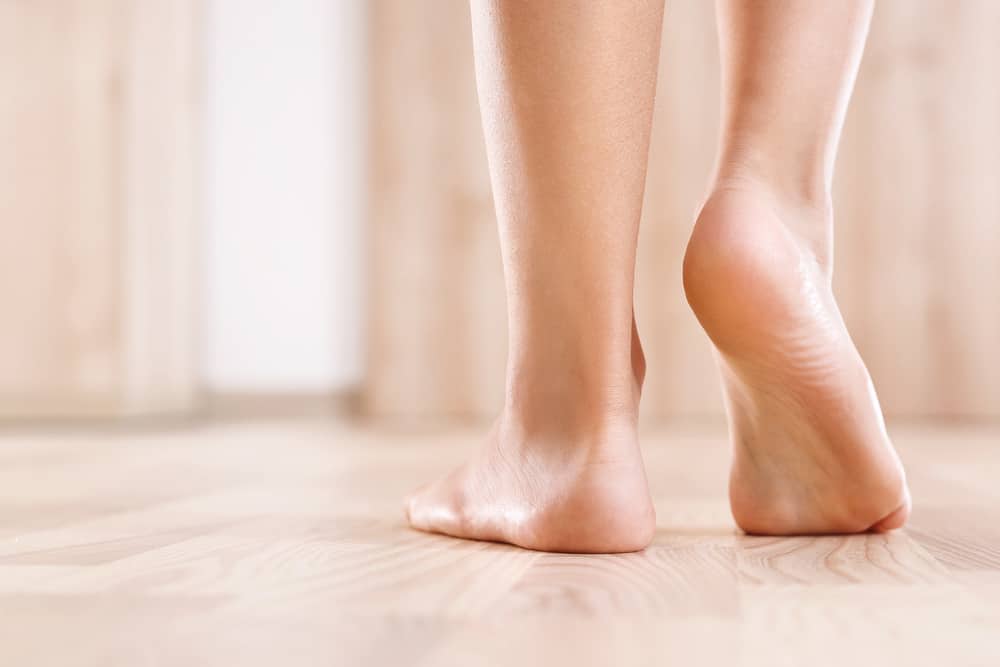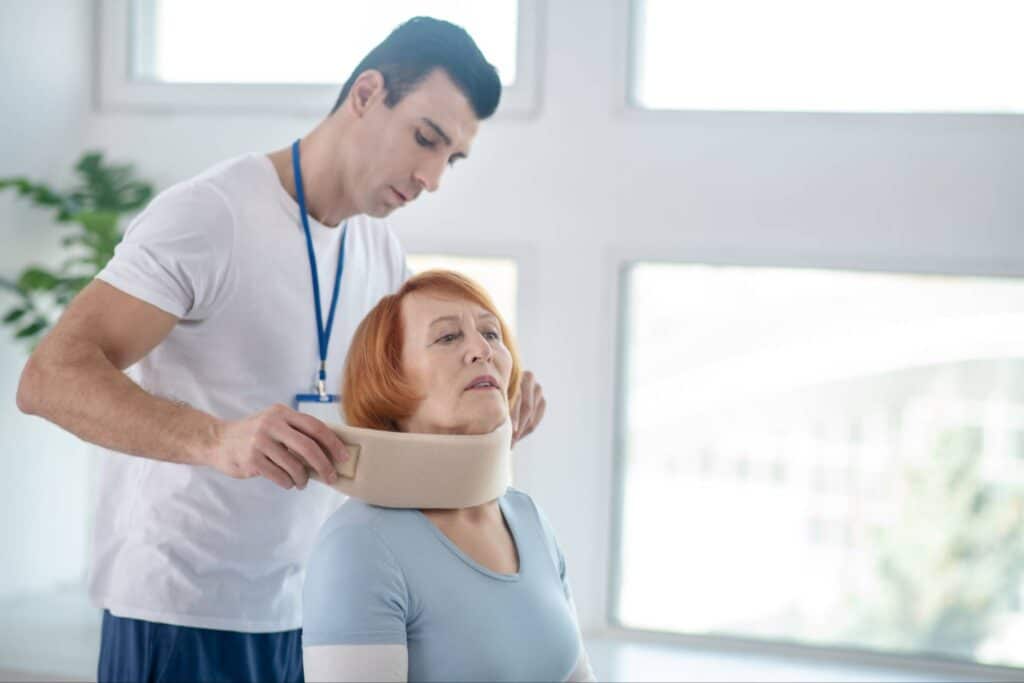Adult acquired flatfoot or posterior tibial tendon dysfunction is a painful condition that can affect men and women over time. The posterior tibial tendon helps provide stability to the arch and inverts the foot. Tendonitis occurs from repetitive actions such as walking or when carrying the majority of your body weight on one specific side.
If ignored or left untreated, adult acquired flatfoot can worsen over time, causing a series of painful symptoms, as well as potential deformities. Unlike the condition known as flexible flatfeet, which often affects young children, this particular version is very painful and progresses with time. If you recognize the following symptoms, contact our Atlanta Orthopedic Doctors for immediate treatment.
Causes of Adult Acquired Flatfoot
Medical experts throughout the world are still uncertain over the root causes of adult acquired flatfoot. Some cases are linked to particular types of ankle injuries and family history. Over time, irritated or damaged tendons can start to lose their flexibility and performance, causing the arch to flatten.
Common Symptoms
Patients that are affected by adult acquired flatfoot tend to experience:
- Ankle pain that increases with physical activity or exercise
- Inflammation
- Permanent ankle deformities
- Loss of balance/coordination
Diagnosis and Treatment
Patients who visit our orthopedic clinic with concerns over the condition of their feet are often subjected to a brief conversation to understand the history of their symptoms, as well as a physical evaluation. We have a number of imaging devices on site, such as X-ray machines, that allow us to see if either arch is in fact flattening. The location of the patient’s symptoms, the shape and elasticity of the foot also help us diagnose the condition, as well as well understand how far along it has progressed.
Early detection allows us to use non-surgical treatment solutions such as rest, braces, and stabilization equipment like a walking boot. Shows with arch supports or personalized orthotics may help, too. Depending on the extent of the condition, physical therapy may also be appropriate. If surgery is required for treatment, it is important to know that it is rarely helpful in the beginning stages of the condition. The recovery process varies from patient to patient depending on the type of procedure used, the physical conditioning of the patient, and the extent of the potential damage.
Contact AICA Orthopedics For Adult Acquired Flatfoot Relief
If you notice any of the mentioned symptoms or experience lingering pain in either foot, contact our clinic today to schedule a consultation or a complete examination. Just dial (404) 855-2141 to speak with one of our staff members about your needs.





